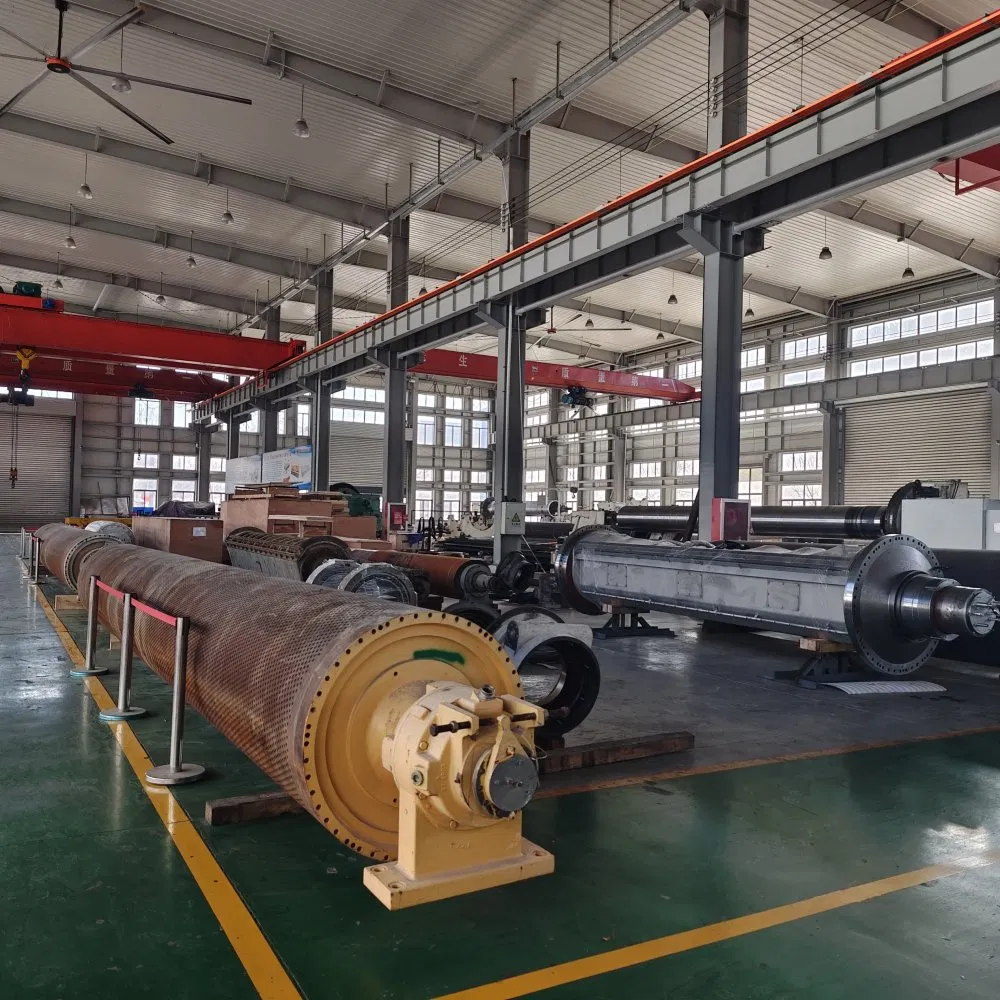Introduction
In the papermaking industry, achieving high-quality paper surfaces is essential for meeting the expectations of customers in terms of printing and writing performance. One crucial aspect of producing high-quality paper is calendering, a process that involves passing the paper web through a series of rolls called calendar rolls. In this article, we will explore the role of calendar rolls in achieving high-quality paper surfaces.
What are Calendar Rolls?
Calendar rolls are cylindrical rolls used in the calendering process to improve the smoothness and gloss of paper surfaces. These rolls are typically made of steel or composite materials and are arranged in a stack with alternating hard and soft rolls. The paper web is fed through the nip between the rolls, where it undergoes compression and heat treatment. The result is a paper surface with improved smoothness, gloss, and density.
How Calendar Rolls Improve Paper Surfaces
Calendar rolls work by reducing the surface roughness of the paper, which is measured in terms of caliper variation and surface topology. This reduction in surface roughness leads to improved printing and writing performance. In addition, calendar rolls can also increase the gloss of paper surfaces, which is desirable for applications such as magazines and brochures.
Choosing the Right Calendar Rolls
Selecting the right calendar rolls is critical for achieving the desired paper surface quality. Factors that need to be considered include the type of paper being produced, the desired surface finish, and the machine speed. The roll hardness, surface finish, and diameter also play an important role in determining the final paper surface quality. In general, harder rolls produce smoother and glossier paper surfaces, while softer rolls produce a more matte finish.
Common Calendar Roll Defects and How to Avoid Them
Some common calendar roll defects include roll picking, where small fibers or contaminants are removed from the paper surface, and roll barring, where periodic variations in paper thickness occur due to uneven roll pressure. To avoid these defects, it is essential to maintain the calendar rolls properly, including regular cleaning and maintenance, and to monitor the paper web for any signs of defects.
Conclusion
In conclusion, calendar rolls play a critical role in achieving high-quality paper surfaces. By reducing surface roughness and improving gloss, calendar rolls can enhance the printing and writing performance of paper. To achieve the best results, it is essential to choose the right calendar rolls for the specific application and to maintain them properly. With the right calendar rolls and maintenance practices, paper producers can consistently produce high-quality paper surfaces that meet the demands of their customers.



